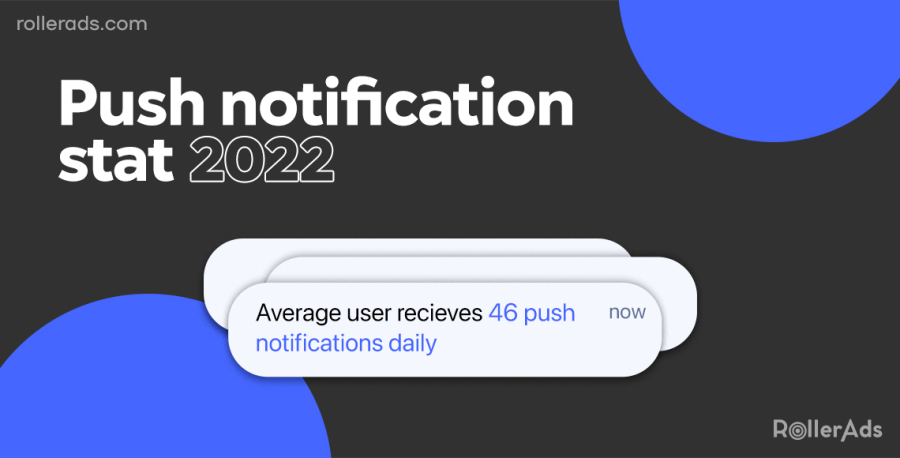Remember what happened in 2009? Apple first introduced push notifications. The feature didn’t seem as significant at first glance, but its introduction sent ripples through the mobile industry and several other industries, including ours. Developers quickly became aware of the potential, and the early players were eager to compete.
As of 2022, push notifications underwent many changes and became an invaluable marketing tool. They can now include pictures, animated images, videos, and action buttons and can also be tailored to a specific individual. They are used to keep people engaged and generate sales. Also, there are now push notifications on PC – they are shown on other platforms as well, but it’s better to think of the mobile version as the primary one.
Today’s marketing landscape is replete with stiff competition, and it’s now more important than ever to take full advantage of what push notifications can offer. It would help if you thought more than thoughtlessly using them, too – the users will grow bored very quickly, thus decreasing their potential. They will delete the app or turn off the notifications if you bombard them with lame, useless, or uninspired messages.
Push notifications are critical to affiliate marketing. Recently, a massive report was published detailing the statistics of push notifications, and some of the numbers were simply fascinating. We will now talk about some of the numbers that caught our attention.
Average user receives 46 push notifications daily
According to the study, the average user receives close to fifty different notifications every single day. This is a vast number, and we expect it to decrease in the following years. The market will skew toward small, more individualized push notifications. You will only see dozens of companies bombarding users with notifications if they’ll end up growing weary of them.
Opt-in rates for mobile platforms – 81% for Android and 51% for iOS
It’s an exciting piece of data that shows the difference between mobile push notifications. While the majority of the users are always on their phones, a large number of notifications come from apps that are not currently being used. The critical difference is that iOS users have to turn on the notifications manually to receive them. In contrast, Android users must turn off the notifications by hand since they are enabled by default. In general, this confirms the conclusions of previous reports – Android users are much more ready to purchase.
It only takes one notification per week for 10% of users to turn off notifications
Some users have a low tolerance for notifications. They tend to block them after receiving just ONE notification per week. Curiously, if users receive 3-6 notifications every week, they are 42% likely to disable notifications. The recipients of these notifications tend to have many distractions compared to other users.
73% of users write off notifications as spam if there are too many of them
So, ensuring you don’t bombard the user with your messages remains essential to successful push notification campaigns. This is one of the reasons why a surprisingly high number of users don’t open the notification once they’ve received it – there are too many of them! Also, what’s interesting is that only 55% of users classify notifications as spam if they are obvious clickbait.
Conclusion
VWO Engage survey, CleverTap’s 2018 research piece, and several other sources suggest that push notifications will significantly affect the entire mobile marketing landscape. It’s up to you now to take full advantage of them. RollerAds is THE platform to turn to if you want to harness the full potential of mobile marketing, and it’s time to put it into practice: create an account right now! We promise we won’t resort to clickbait or suffocate you with messages. All we wanted to do was to help you grow alongside us!





